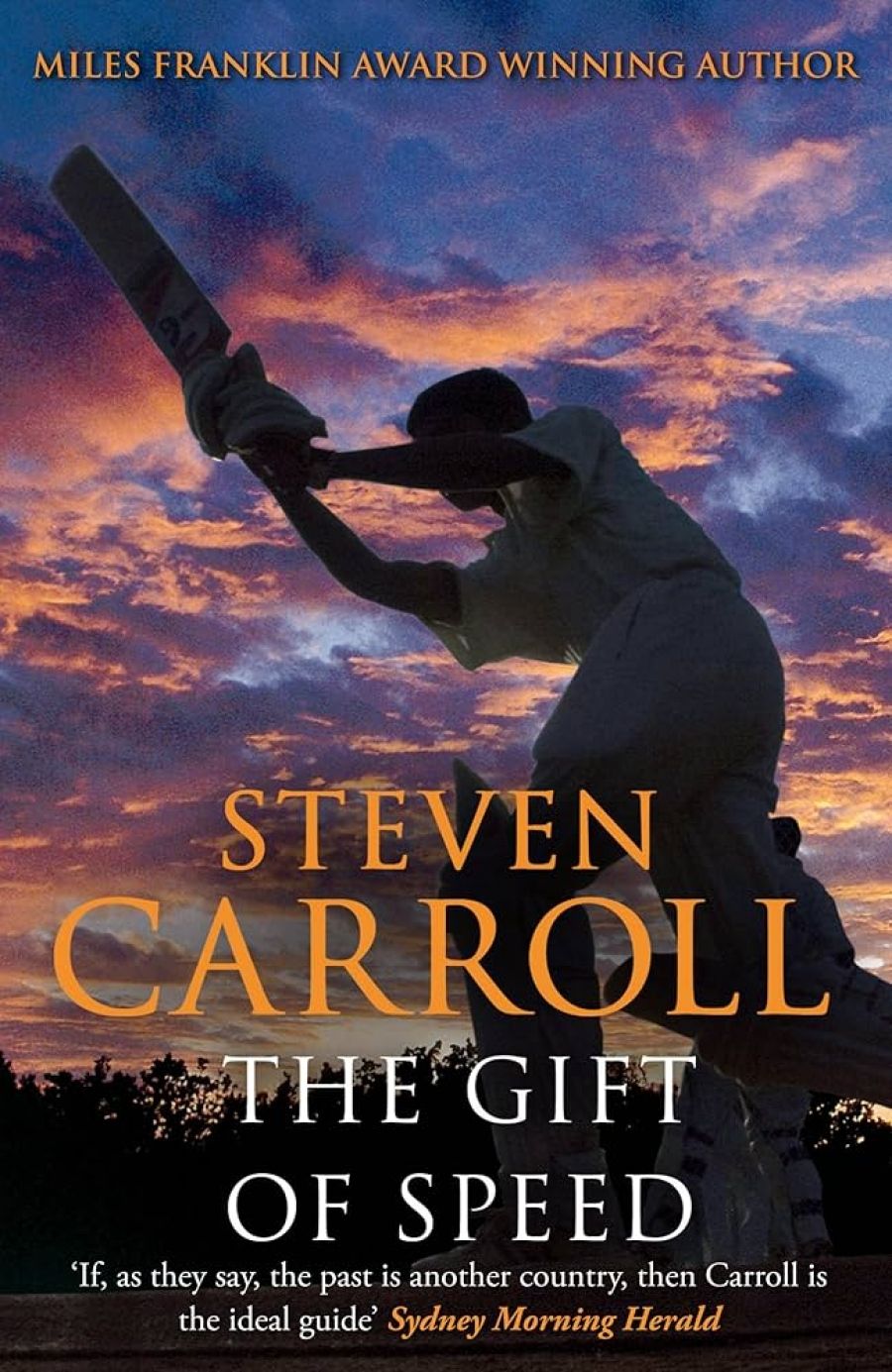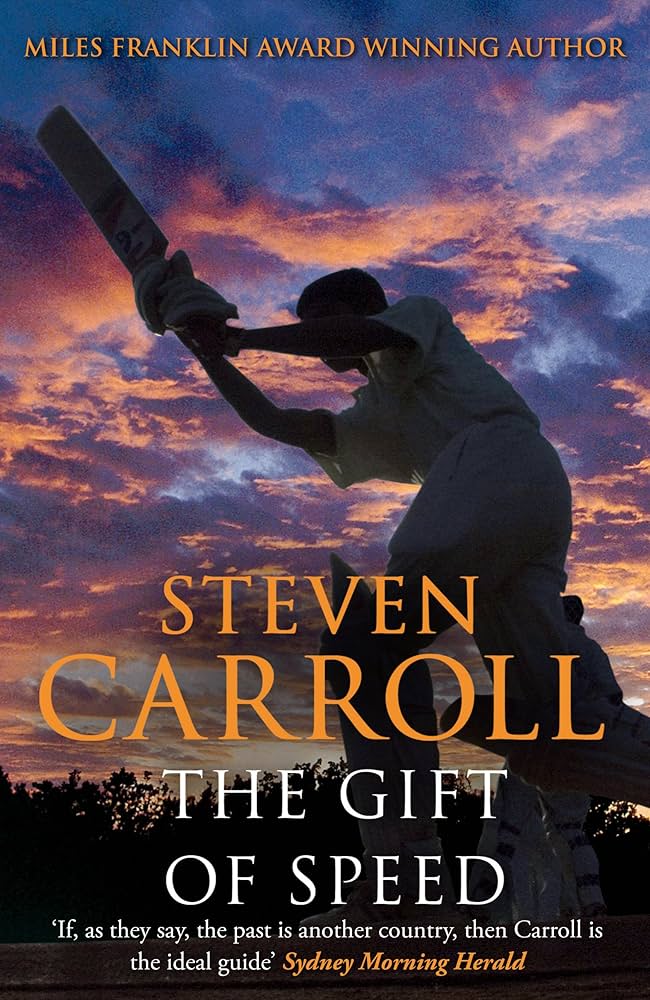
- Free Article: No
- Contents Category: Australian Fiction
- Review Article: Yes
- Article Title: Nostalgic Textures
- Online Only: No
- Custom Highlight Text:
I remember trying a few years ago to communicate to a younger friend something of the way I remember my childhood in Adelaide in the 1970s. It was a world in which an older Australia still lingered, a quiet, suburban world where men caught the tram to work at 8.15a.m. and came home at five, where the banks closed at four p.m., and where World War II veterans and their wives lived around us. In 2004 that world – somnolent, conservative, oddly outside time – seems almost unimaginable; even then, it was almost gone. Instead, it inhabits that hinterland between memory and nostalgia, lingering for me in the textures of the things and places which gave it shape, textures that are hopelessly entangled in the possibilities, pleasures and disappointments of childhood.
- Book 1 Title: The Gift of Speed
- Book 1 Biblio: Fourth Estate, 320pp, $27.95 pb
- Book 1 Cover Small (400 x 600):

- Book 1 Cover (800 x 1200):

Added to the mix this time are the owner of a local factory, Webster, a man whose name and identity have become synonymous with his work; the young orphan Kathleen Marsden, with whom the solitary Michael has begun to share a sort of sympathy; and Vic’s dying mother, Mary. The intersecting lives of these characters are wound around the semi-legendary Test Series of that summer, the West Indies team’s first visit to Australia, an event long anticipated by Michael. The tour, experienced through the eyes of the West Indian captain, Frank Worrell, drums out a sort of backbeat to the novel, its dramas played out on radios in the shops and streets that Michael and the others visit.
Like its prequel, The Gift of Speed takes the inner worlds of its characters and projects them outwards, fusing them with the surfaces and textures of the world they inhabit. The effect is striking, imbuing the myriad small moments and everyday things that surround the characters with the intensity of epiphany. Whether Carroll is imagining his own childhood back into life or not, the novel has the power of lived experience, as if Carroll is tapping some deep vein of memory. The result is at once exhilarating and liberating, an extended riff that conjures the secret worlds of its characters through the detail of their lives.
Though narrow in its focus, the canvas of The Gift of Speed is wide, and for all the ease and deftness that Carroll displays in moving between his many players, it can sometimes feel as if the novel is straying from the characters that hold it together: Michael, Vic and, to a lesser extent, Rita. With his secret nocturnal excursions in his sports car, Webster, in particular, seems as if his presence exists mostly to reinforce the novel’s thematic concerns. So too Mary, whose presence and eventual fate never really grow beyond a structural device.
But these are minor quibbles set against the very real achievement of The Gift of Speed. Carroll’s writing is astonishingly assured, as is his control of narrative, the novel’s long looping sentences and shifting perspectives propelling it restlessly forward without ever becoming frantic or forced. Through its evocation of detail, The Gift of Speed captures some-thing essential about a world caught on the brink of change and in the process of becoming something it does not yet understand.
Though standing on its own, The Gift of Speed also occupies the invidious space in the middle of a projected trilogy. And though one can only speculate as to what the eventual fate of Michael will be, it’s difficult to escape the feeling that the three books are really portraits of the artist as a (very) young man. With his need for escape, his solitariness, his rich imaginative life, Michael is the inheritor of a long line of writers in the making. In this, The Gift of Speed seems to evoke an older style of novel, echoing George Johnston’s and others, not just in its subject matter but in its preoccupation with the textures of the world within which it is set. And like all of them, its hymn to becoming is shot through with the sense of something lost in the finding of the self.


Comments powered by CComment